Abkhazian Women Artists Showcase a Blend of Tradition and Modernity
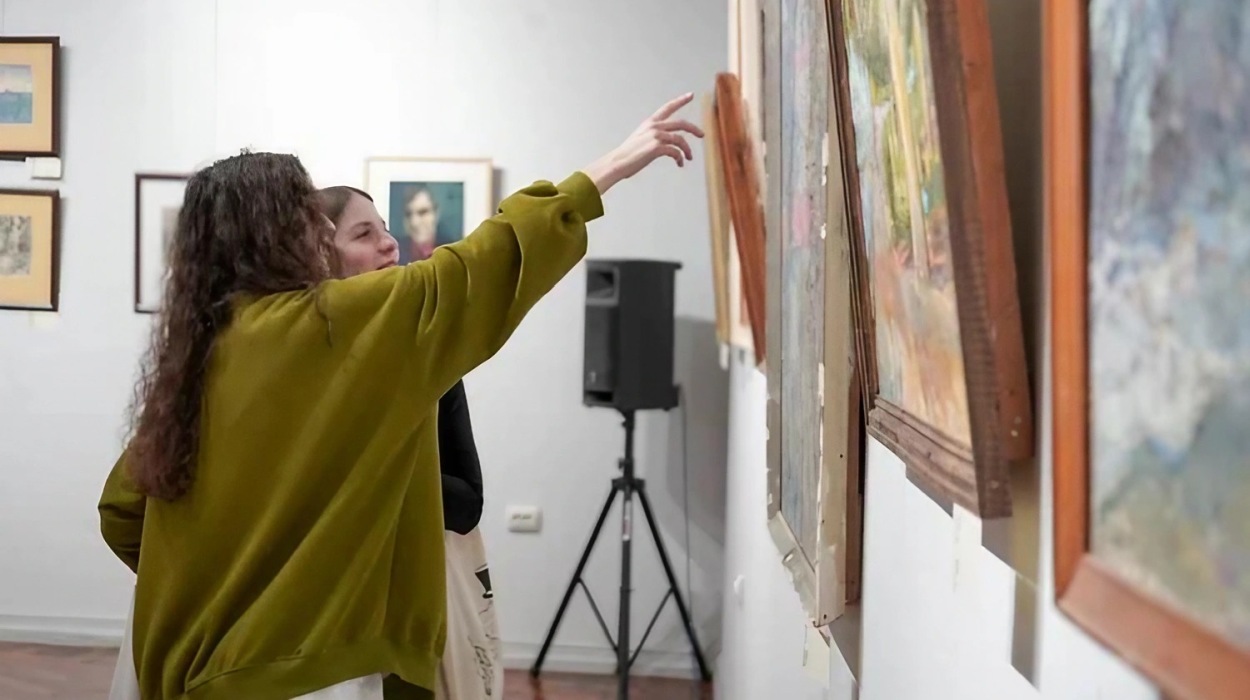
The exhibition will remain open until March 16th.
SUKHUM / AQW'A ― In celebration of International Women's Day, the Central Exhibition Hall of the Union of Artists of Abkhazia is presenting an exhibition titled "Women in Art: History and Modernity."
The exhibition features the works of renowned female artists from the past as well as contemporary and emerging artists who have already made their mark in the art world.
Unlike last year's exhibition, which focused on female imagery in the works of local artists, this year's exhibition showcases the art of Abkhazian female artists. Elvira Arsalia, the director of the Central Exhibition Hall and the exhibition's curator, explained her inspiration for comparing the works of female artists across different eras:
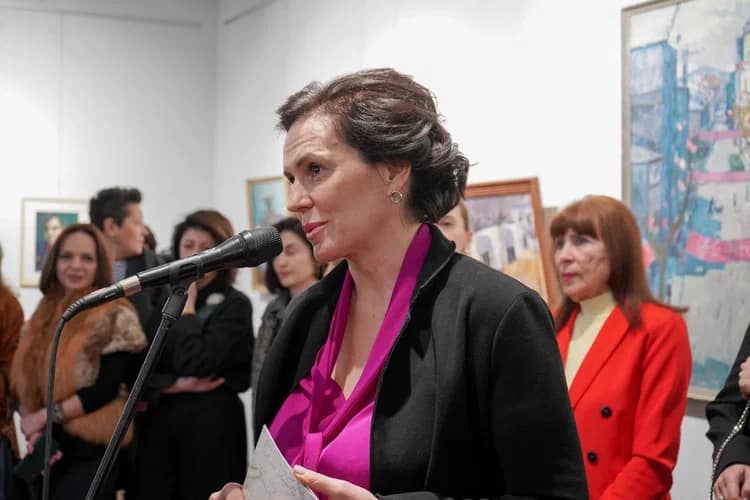
Elvira Arsalia, the director of the Central Exhibition Hall of the Union of Artists of Abkhazia.
"The 20th century gave rise to many famous female artists in Abkhazia, including Marina Eshba, Varvara Bubnova, Olga Brendel, Valentina Khurkhuma, and Dzoya Adzhindzhal, who have made significant contributions to our visual arts scene. By creating a dialogue between their works and those of contemporary female artists who are actively engaged in painting, graphics, sculpture, decorative and applied arts, we can gain insights into the themes that have preoccupied women artists throughout different times. For example, Olga Brendel's 'March 4th' depicts the day of the Sovietization of Abkhazia on one of the streets of Sukhum, while Marina Eshba's 'Portrait of a Kutol Party Organizer' reflects programmatic state themes. Comparing these works with those of contemporary female artists allows us to see how women artists address today's themes."
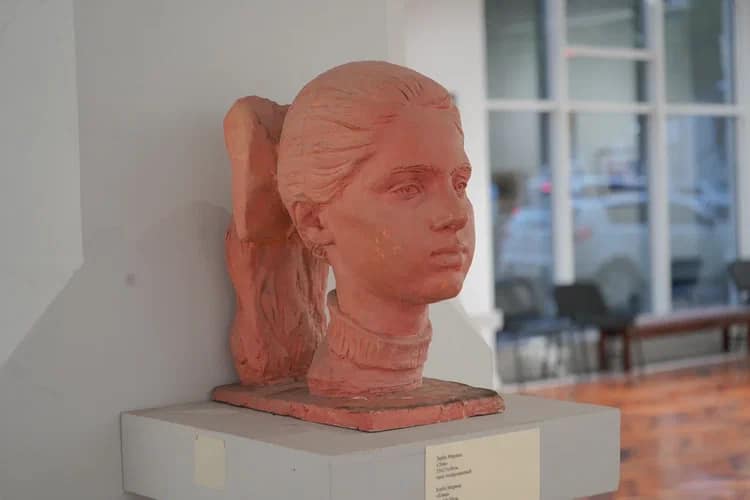
Elvira Arsalia, the director of the Central Exhibition Hall of the Union of Artists of Abkhazia, believes that the topic of women in art is not well-developed in the history of Abkhazian fine art. To illustrate this point, she suggests dedicating a section of the exhibition to the works of Mihri Achba, a prominent Turkish artist whose ancestors were Mukhadzirs (exiles) and left Abkhazia. Achba headed a women's art school founded in 1914 and later moved to Europe, where she continued to work as an artist. Despite her connections to Abkhazia, none of her works are currently available in the region. Arsalia argues that displaying her works would enrich the current exhibition and provide additional historical depth.
Arsalia also believes that the role of women in artistic creativity has evolved over time in response to social changes in society. As a curator, her goal is to invite viewers to explore this dynamic:
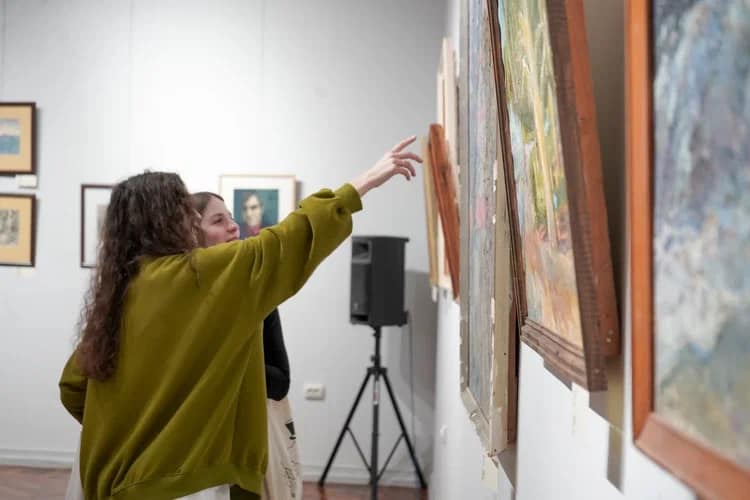
"Throughout the history of fine art, women have often been designated as muses who inspire the creation of great works. However, the 20th and 21st centuries have demonstrated that women can be talented and successful artists in their own right, creating works that are just as interesting and valuable as those of their male counterparts. The topic of 'women in art' is intriguing not only because it lies at the intersection of art, culture, and history, but also because it is closely connected to social transformations in society. I believe that the exhibition will be of great interest to visitors because it presents a collection of works that explore this theme, providing insights into the concerns and experiences of women in the art world."
At the Central Exhibition Hall, you can currently view six works by the world-renowned artist Varvara Bubnova. She lived and worked in Sukhum for several decades, and the earliest piece on display is a lithograph from 1945. Also showcased are two large works by Olga Brendel, the most recent of which dates back to 1960, as well as several works by Dzoya Adjindzhal, including "Industrial Tkuarchal" from 1950. In addition, there are two busts by the famous Abkhazian sculptor Marina Eshba.
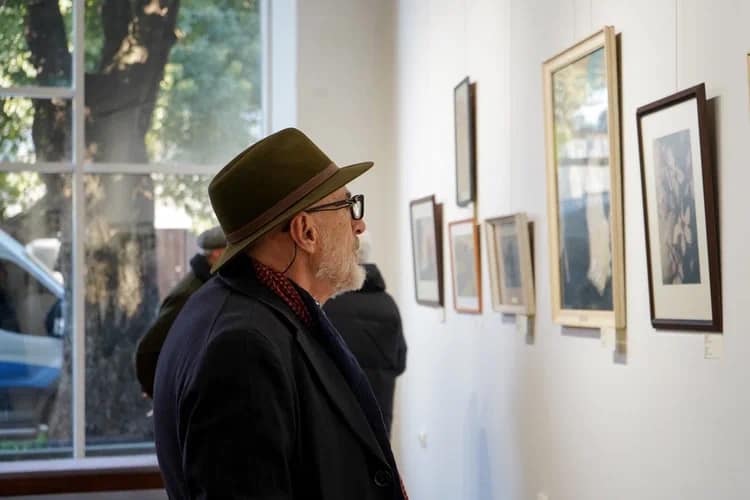
The exhibition presents a contrast between the works of modern female artists such as Diana Khintba, Astanda Pkin, Apshi Khagba, Madina Bigua, Sabina Kvarchelia, Ekaterina Guskova, and others, and those of the masters. The contemporary pieces feature a wide variety of styles, ranging from abstractions to realism, and are characterized by more freedom and conventionality.
The exhibition effectively merges tradition and modernity, making it an engaging experience for anyone who takes the time to appreciate the works of Abkhazian female artists.

The exhibition includes 45 works of painting, graphics, decorative and applied art, and sculpture, and will remain open until March 16th.